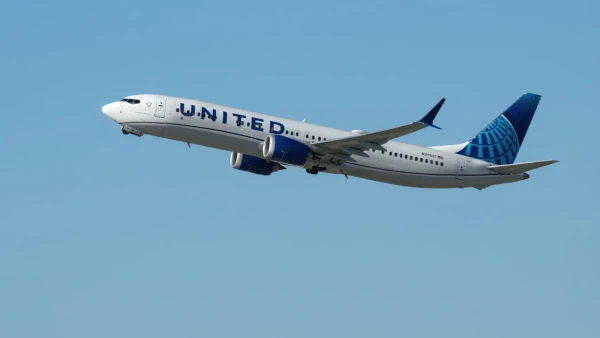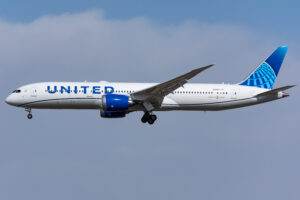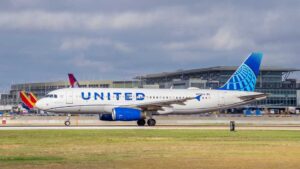
Over at United Airlines, they’re pretty careful about how they spend minutes, to the point that they’re making some changes to the way passengers board their planes, in order to save two minutes per flight.
Two minutes also happens to be how much longer it takes to board the average United Airlines flight now than it did in 2019, according to an internal United Airlines memo I reviewed.
Given that United has 4,500 flights per day, that small amount of time can have a big ripple effect on an airline’s productivity and profitability. So, as of October 26, United says it will switch to “Wilma” boarding, which is a memorable but not quite perfect acronym for:

Window seats first
Middle seats second
Aisle seats last
If you fly on United, the earlier boarding groups won’t see any change, but the later ones will have some adjustments. Here’s what it will look like:
Preboarding (think of this as Group Zero): Customers with disabilities, minors traveling unaccompanied, military members on active duty, families with children under 2 years old, and passengers with the top-most United Airlines loyalty status.
Group 1: First class or business class passengers, along with mid-tier loyalty status.
Group 2: Lower-tier loyalty status passengers, passengers with United credit cards, and passengers who pay for “Premier Access,” which includes early boarding.
Group 3: Window seat passengers and exit row passengers (along with a couple of other categories, like airline employees trying to get to their bases or traveling as part of their perks, or their families).
Group 4: Middle seat passengers.
Group 5: Aisle seat passengers.
Group 6: Passengers with the least-expensive, Basic Economy tickets, who aren’t allowed to bring carry-on bags aboard the aircraft. (This applies mainly to domestic flights.)
Exception to the rules: If a passenger is traveling on the same reservation with someone entitled to an earlier group, they can join them in that earlier group.
According to United’s memo, the airline has been testing this at four airports around the country, and it finds that it works to load passengers faster. Also, it says it expects Net Promoter Scores to rise, so the implication is that the change will make passengers happier.

You can probably envision why the Wilma method would seem to be faster: There should be comparably fewer situations in which a passenger gets settled into his or her aisle or middle seat, only to have to stand up again to allow a window seat passenger to sit down.
Now, airlines have tweaked their boarding processes more times than I could possibly count. But disrupting processes like this amounts to a big change.
As Gary Leff at View From the Wing pointed out, and as United Airlines CEO Scott Kirby has brought up quite a few times, the typical airline passenger has changed since before the pandemic: fewer road warrior business travelers, who have boarding down to a personal science, and more leisure travelers and work-from-anywhere passengers.
Not only are they likely to be less-frequent flyers, but since they’re paying for travel themselves, they’re probably more likely to carry bags onto the flight, rather than pay to check them if needed.
So, will United’s new boarding plan save the desired two minutes? Time will tell, I suppose (pun intended).
Still, I applaud United for making little tweaks like this, testing their effect, and then expanding them across the airline once the evidence suggests improved efficiency and customer happiness.
This is the entire reason I advise following the airlines, by the way; as I write in my free e-book Flying Business Class: 12 Rules for Leaders From the U.S. Airlines, they’re a commodity industry tackling many of the kinds of changes you face in your business.
But they do it in a publicly scrutinized way that leaves behind a cavalcade of MBA-style case studies and food-for-thought opportunities unmatched in any other industry.
Today’s lessons? They’re pretty straightforward:
Pay attention to how your customer base changes, and be willing to revise your processes, especially the ones you use every day.
Oh, and savor your minutes. They add up, and they’re truly your most valuable resource.